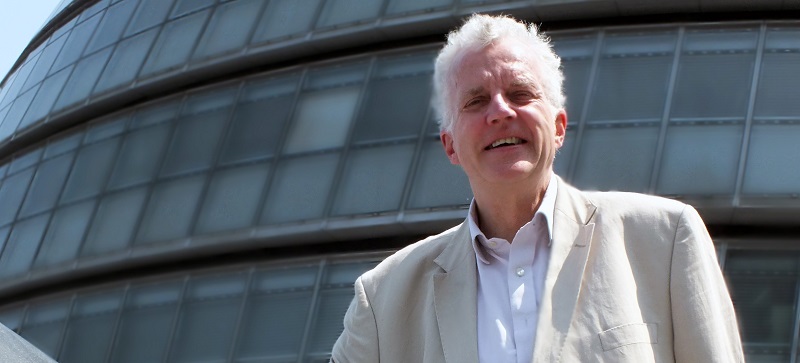The London mayor’s cycle hire scheme terrifies me. Superficially, it sounds very exciting. There are to be 6,000 hire bikes which, it is hoped, will generate 40,000 extra cycle journeys per day in central London. The idea is to effect a substantial modal change, attracting people who would otherwise take the tube or a bus, or even possibly out of their cars.
So how can this be anything other than good news? Well, lots of ways actually. For a start, London is different from most other cities with similar schemes, notably Paris, because there is, already, a cycling culture here. People who want to cycle probably do so already. Where are all these new cyclists going to come from?
The cycle hire scheme is costing £140m and there is no guarantee that it will achieve anything like its target which is amounts to seven trips per bike especially given that some
are bound to be out of order, stolen or vandalised. There will have to be lots of shifting around of bikes and a very efficient repair and replacement service to maintain availability. The whole point of these schemes is that they have to be on a big scale in order to ensure that most people will find a bike or docking facility when they need one.
Oddly, the most popular locations for bike docking facilities, the mainline stations, are not being used because it is thought that demand will be too high and it would need too many bikes to be stored there. That demonstrates a real paucity of imagination and shows the lack of commercial nous. After all, what company would eschew its biggest market through fear of excess demand? Nor will the payment system be compatible with Oyster, the obvious cashless solution, for reasons that have not been properly explained, though it possible that system will be adapted later.
Other cities introducing similar schemes have all had major teething problems. According to Kevin Mayne, the head of CTC, the cycling organisation, ‘there’s never enough bikes, and they are never in the right place’. Mayne strongly supports the scheme but warns that it will take time to bed in as Serco, the contractor learns to shift the bikes around efficiently.
All this mitigates against success which will put at risk other cycling developments since our venal media sharpen their knives nightly in readiness for tomorrow’s prey with the consequence that there will be coverage writing off the scheme before its had a chance to prove itself.
My gut instinct is that the £140m being spent on the first six years is not the best way to deliver cycling improvements in the city. The cycle hire scheme is in the mould of a grand projet, an attempt by a politician to grab the headlines with a high profile scheme, rather than doing the patient donkey work to slowly develop cycling. It is an attempt provide a one off rapid boost to cycling but I suspect that if this huge sum of money were spent on cycle training, mentoring, transport planning, guided rides and the like, and making the roads safer then the objective of getting more people on their bikes would be achieved more easily.
I live in Islington where over the past decade or so, a cycling culture has emerged stimulated in great part by the efforts of the council. It is the road hump capital of the world, and that has changed the whole feel of the area. They have made it safe to cycle down roads which previously were death traps, attracting thousands of tentative cyclists back in the saddle. Seeing the streets dominated the other morning by the glorious combination of Lycra-clad and business-suited cyclists darting around the cycle routes, the back streets and the bus lanes is a testimony to a radical change that has taken place since I moved to the borough a decade and a half ago.
This is very different from the cycling superhighways which is the other Boris Johnson trailblazing scheme. These are supposed to give cyclists direct routes into and out of central London along main roads but from the initial descriptions, they seem little more than a navigation scheme. Certainly, there seems to be nothing ‘super’ about them. They will be blue – why introduce another colour when there is already green is for cycles and red for buses? – and apparently be continuous, but there will be no segregated sections and virtually nothing will be done to help cyclists at difficult junctions. This too is designed to attract those lost cyclists with rotting bikes in their garages, but unlike in Islington where the traffic has been slowed down, the philosophy at Transport for London under Boris Johnson is that all road users should have equal access to available space.
Both cycle hire and superhighway have the feel of being rushed in to suit a political agenda, rather than being part of a sustained plan to boost cycling in the capital especially as other measures, such as cutting back spending on the London Cycling Network, allowing motorbikes in bus lanes and giving power to the boroughs to stop schemes seem to be moving in the opposite direction. I hope I am wrong and that both succeed in generating more cycling, but I suspect that there will have to be a considerable rethink about both projects before they bums on saddles.
